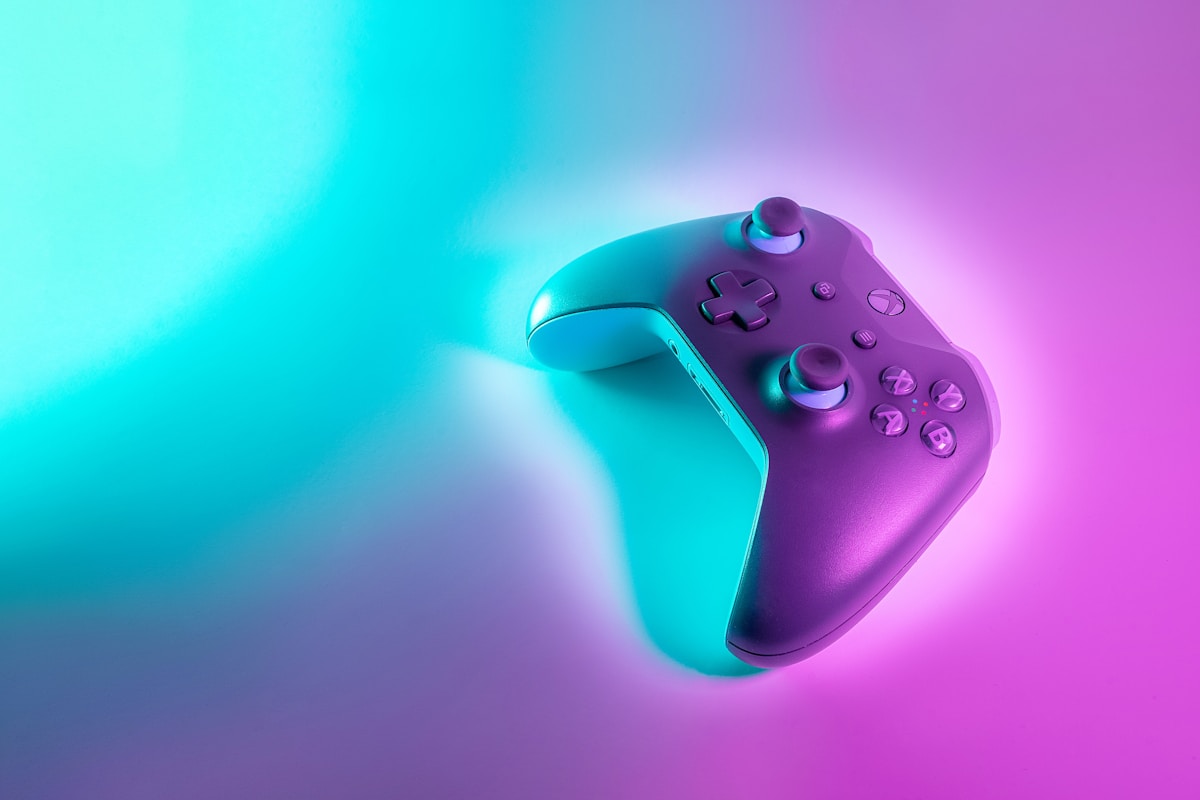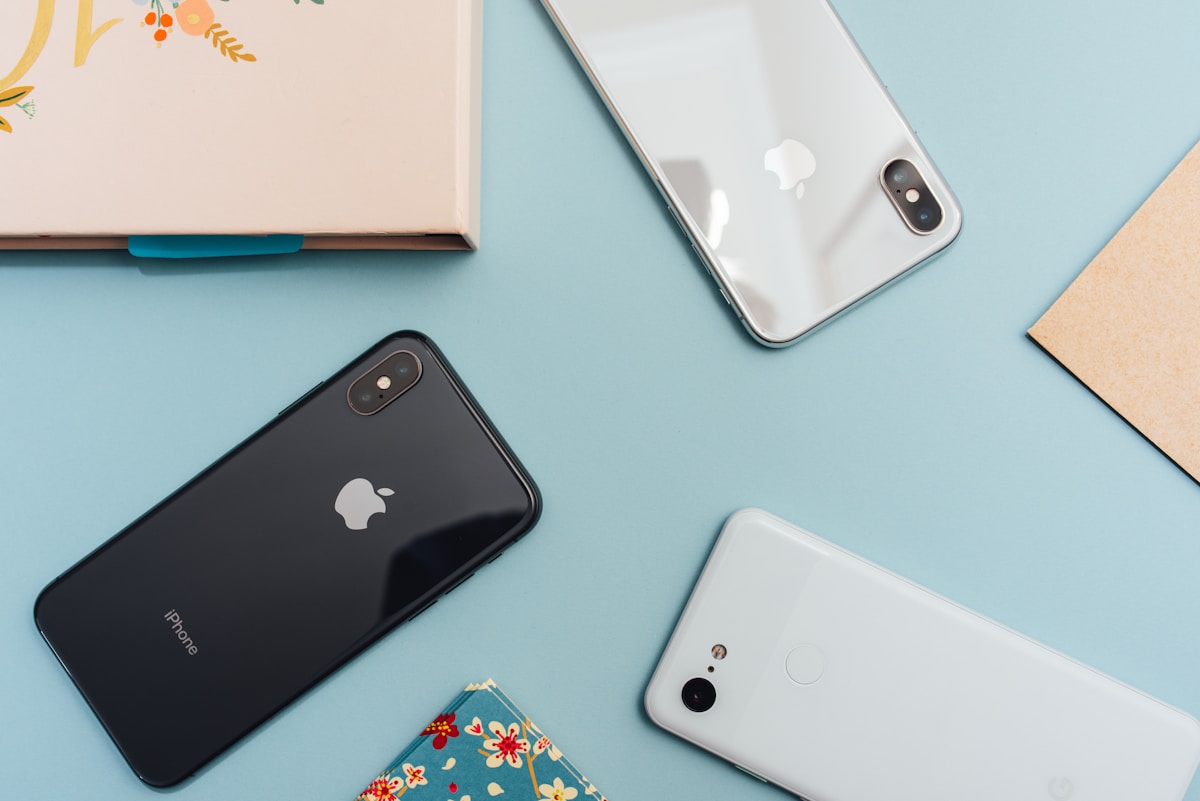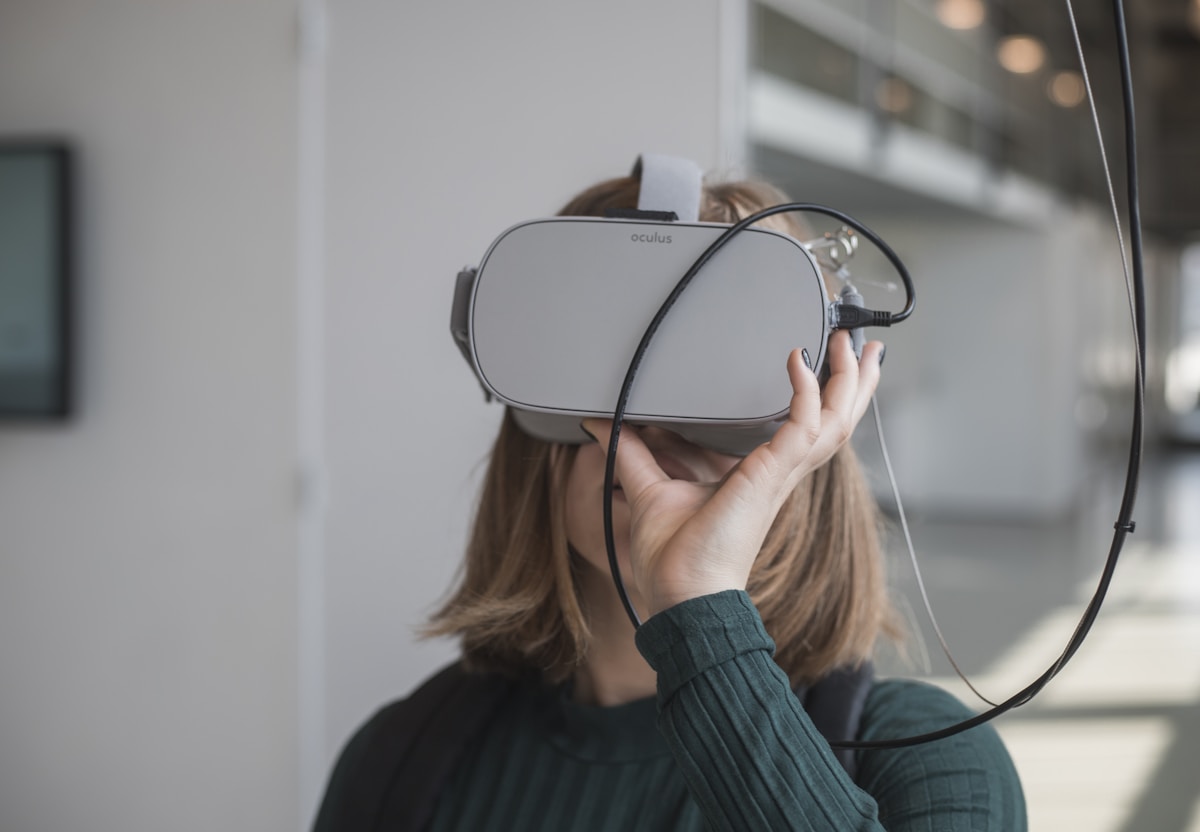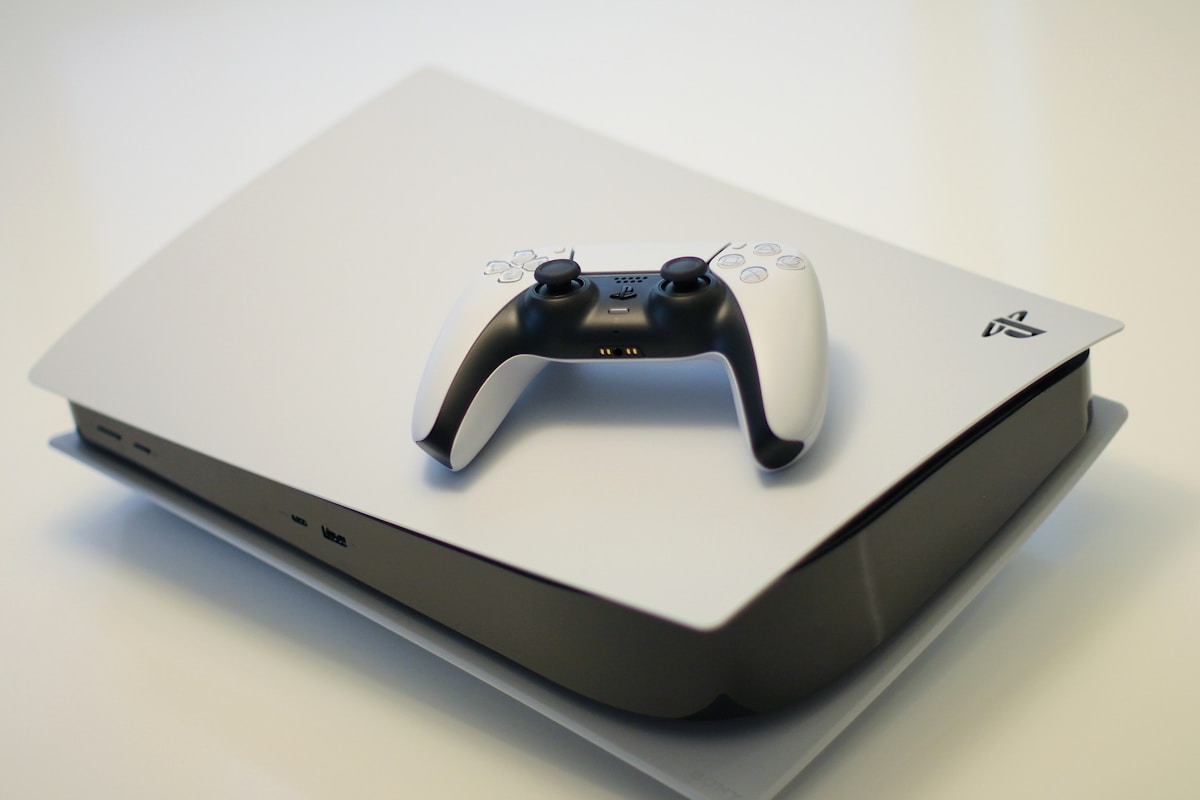Hardware insider KeplerL2 revealed on NeoGAF that Microsoft cancelled its first-party Xbox handheld console after AMD demanded a contractual commitment of over 10 million units to justify developing a custom system-on-a-chip. With Valve’s Steam Deck selling only around 5 million units and competing handhelds like ASUS ROG Ally and Lenovo Legion Go reaching just 1-2 million sales each, Microsoft viewed the risk as unjustifiable. The revelation explains why the company pivoted to partnering with Asus on the ROG Xbox Ally X rather than manufacturing its own dedicated handheld hardware.
- The 10 Million Unit Minimum Requirement
- Why Microsoft Balked at the Numbers
- The Asus Partnership Alternative
- AMD’s Perspective on Minimum Commitments
- The Broader AMD-Microsoft Partnership
- Steam Deck’s Market Reality Check
- The Qualcomm ARM Alternative
- Sony’s Handheld Strategy Comparison
- What This Means for Xbox’s Hardware Future
- Community and Industry Reactions
- Frequently Asked Questions
- Conclusion
The 10 Million Unit Minimum Requirement
According to KeplerL2’s NeoGAF posts, AMD needed those commitments to validate their research and development investments in creating a dedicated SoC specifically for Microsoft’s handheld. Custom chip development requires substantial upfront engineering costs including architecture design, fabrication setup, testing, and validation. AMD wouldn’t absorb those expenses without contractual guarantees that Microsoft would purchase enough units to recoup development costs and generate profit.
The 10 million unit threshold represents AMD’s calculation of what volume justifies custom silicon investment. Off-the-shelf chips like the AMD Ryzen Z2 Extreme used in the ROG Xbox Ally don’t require minimum purchase commitments because AMD amortizes development costs across multiple OEM partners. A Microsoft-exclusive SoC concentrates all development risk on a single customer, necessitating minimum volume guarantees that protect AMD’s investment if the product underperforms commercially.
Why Microsoft Balked at the Numbers
Microsoft’s decision to cancel the handheld project came from analyzing the PC handheld market’s actual performance. KeplerL2 explained that with the Steam Deck reaching only around 5 million sales and the ASUS ROG/Lenovo Legion selling between 1 to 2 million units, Microsoft was hesitant to proceed with the risk. Those figures represent sales over multiple years in an emerging category without established mass-market appeal beyond enthusiast audiences.
Committing to 10 million units means Microsoft would need to sell more than double the Steam Deck’s lifetime sales to meet AMD’s minimum. That’s an extraordinarily aggressive target for a first-generation product entering a competitive market dominated by Valve’s established ecosystem. Xbox Series X/S console sales have struggled against PlayStation 5, making Microsoft’s executives understandably cautious about betting big on another hardware category where success isn’t guaranteed.
The True Console vs Handheld PC Distinction
KeplerL2 clarified that Microsoft’s cancelled handheld wouldn’t have been a Windows-based portable PC like the Steam Deck, but rather a dedicated portable console, more in line with Sony’s approach to the rumored PlayStation handheld. That distinction matters significantly. A console approach means custom OS, curated game library, tighter integration with Xbox services, and controlled ecosystem rather than open Windows environment where users install Steam and other storefronts.
The console model requires even greater volume commitments to justify because the closed ecosystem limits revenue diversification. Windows handhelds generate Microsoft income through OS licensing regardless of whose hardware people buy. A dedicated Xbox handheld console concentrates all hardware, software, and service revenue on Microsoft’s ability to sell that specific device, making the 10 million unit minimum even more critical for AMD’s risk calculations and even more daunting for Microsoft’s conservative projections.
The Asus Partnership Alternative
After cancelling the first-party handheld, Microsoft partnered with Asus to create the ROG Xbox Ally and Xbox Ally X. These Windows-based devices run standard AMD Ryzen Z-series chips available to any OEM, eliminating the need for Microsoft to commit to massive minimum orders. Asus absorbs the hardware manufacturing and inventory risk, while Microsoft provides Xbox branding, software integration, and a full-screen Xbox experience optimized for handheld gaming.
The partnership model lets Microsoft test the Xbox handheld market without betting billions on unproven demand. If the ROG Xbox Ally X sells well, Microsoft validates handheld appetite among Xbox users and could revisit first-party hardware with better market data supporting larger AMD commitments. If it flops, Microsoft’s financial exposure remains limited to software development and marketing rather than warehouses full of unsold custom-silicon handhelds representing nine-figure losses.
AMD’s Perspective on Minimum Commitments
AMD’s demand for 10 million unit commitments isn’t unreasonable from the chipmaker’s perspective. Custom SoC development for console manufacturers like Microsoft, Sony, and Nintendo represents major engineering investments spanning years. AMD needs contractual guarantees protecting those investments, especially given the PC handheld market’s unproven scale and Microsoft’s recent struggles selling Xbox Series consoles against PlayStation 5’s dominance.
The company successfully negotiated similar arrangements with all three console manufacturers for their current-generation hardware. PlayStation 5 uses custom AMD Zen 2 CPU and RDNA 2 GPU architecture. Xbox Series X/S features semi-custom AMD chips. Even Nintendo Switch 2 reportedly uses AMD silicon after decades of Nvidia exclusivity. Those deals work because console manufacturers commit to volumes justifying AMD’s R&D spending. Microsoft couldn’t make that same commitment for an experimental handheld in an unproven market.
The Broader AMD-Microsoft Partnership
Microsoft and AMD announced a strategic multi-year partnership in June 2025 for custom silicon across a portfolio of devices including next-generation Xbox consoles. Xbox president Sarah Bond emphasized innovating across console, handheld, PC, cloud, and accessories. That partnership covers the traditional home console roadmap where Microsoft can justify massive volume commitments, but apparently excludes the risky first-party handheld that AMD wanted 10 million unit guarantees for.
The June announcement’s handheld references now make more sense as referring to the OEM partnership devices like ROG Xbox Ally rather than Microsoft’s own cancelled hardware. When Bond talked about handhelds in your hands, she meant partner-manufactured Windows devices carrying Xbox branding rather than first-party Microsoft-built consoles. The careful language preserved strategic flexibility without lying about Microsoft’s actual handheld plans post-cancellation.
Steam Deck’s Market Reality Check
Valve’s Steam Deck reaching only 5 million sales serves as the cautionary tale that influenced Microsoft’s decision. The Steam Deck launched February 2022 with Valve’s massive game library, competitive pricing starting at 399 dollars, and enthusiastic early adopter support. Despite those advantages and generally positive reviews praising its performance and value, three years of sales only hit 5 million units globally.
If the market leader with the best positioning barely reaches half of AMD’s minimum commitment, what realistic chance does a late-entry Microsoft handheld have of doubling that performance? Xbox’s brand strength in handheld gaming is nonexistent compared to Nintendo’s dominance and Valve’s PC gaming credibility. The math simply doesn’t work unless Microsoft believed they could fundamentally expand the PC handheld market beyond current boundaries, and their conservative sales projections apparently didn’t support that optimism.
The Qualcomm ARM Alternative
Some speculation suggested Microsoft might pivot to Qualcomm Snapdragon ARM processors for Xbox hardware after job listings referenced next generation of Surface and Xbox products built on Snapdragon solutions. However, Jez Corden confirmed Microsoft’s next Xbox console hardware remains firmly in x86 territory using AMD chips. Jumping to ARM would wreck backwards compatibility, requiring emulation that would destroy performance for the existing Xbox game library.
The Qualcomm references likely apply to improving Xbox services on ARM-based Surface devices rather than powering actual Xbox consoles. Current Snapdragon-powered Surface laptops can’t even download many Game Pass titles from the Microsoft Store, creating compatibility nightmares. Fixing that ecosystem mess makes more sense than attempting wholesale architecture migration for core Xbox hardware where x86 compatibility is non-negotiable.
Sony’s Handheld Strategy Comparison
KeplerL2’s mention that Microsoft’s handheld would have been more in line with Sony’s approach to the rumored PlayStation handheld creates interesting competitive dynamics. Reports indicate Sony is developing a dedicated portable console targeting launch alongside PlayStation 6. If Sony successfully commits to the volume requirements AMD needs for custom silicon, they gain competitive advantages through optimized hardware-software integration that Windows-based handhelds like ROG Xbox Ally can’t match.
Sony’s stronger position in console sales makes justifying 10 million unit commitments more feasible. PlayStation 5 dominates Xbox Series X/S in global sales, giving Sony’s executives confidence that PlayStation-branded handhelds could achieve volumes Microsoft couldn’t guarantee. If Sony’s handheld succeeds while Microsoft relies on OEM partnerships, the perception gap between PlayStation’s commitment to dedicated gaming hardware and Xbox’s retreat into software services widens further.
What This Means for Xbox’s Hardware Future
The cancelled handheld adds to concerns about Xbox’s long-term hardware commitment. First the handheld gets cancelled due to AMD’s volume requirements. Then retailers like Costco delist Xbox consoles. Insider SneakersSO claims next-generation console plans went from definitive to up in the air. Now KeplerL2 reveals Microsoft couldn’t commit to handheld volumes that AMD needed, raising questions about whether the company can commit to traditional console volumes either.
Microsoft’s October 5 statement affirming active investment in future first-party consoles pointed to the AMD partnership as evidence. However, that partnership apparently didn’t extend to handhelds where volume requirements exceeded Microsoft’s risk tolerance. If handheld commitments were too risky, could similar dynamics affect next-generation console negotiations if AMD demands volume guarantees Microsoft feels uncomfortable promising given Xbox’s declining market share?
Community and Industry Reactions
Reddit’s r/GamingLeaksAndRumours gave KeplerL2’s reveal 334 upvotes with 133 comments, indicating substantial interest in understanding why Microsoft’s handheld plans fell apart. Commenters largely accepted the explanation as making business sense, noting that committing to double the Steam Deck’s lifetime sales for an unproven first product represents unreasonable risk. Some expressed disappointment that Xbox won’t compete with Sony’s rumored handheld, while others argued the Asus partnership is smarter strategy.
Industry analysts viewed Microsoft’s caution as justified given the PC handheld market’s modest scale. The category remains enthusiast-focused without breaking into mainstream consciousness despite multiple hardware manufacturers trying. Nintendo Switch succeeds because it’s fundamentally different – a hybrid console rather than PC handheld. Steam Deck succeeds moderately by leveraging Valve’s massive game library and PC gaming credibility. Microsoft lacks equivalent advantages that would justify betting on 10 million+ sales.
Frequently Asked Questions
Why did Microsoft cancel its Xbox handheld?
According to hardware insider KeplerL2, AMD demanded a contractual commitment of over 10 million units to justify developing custom SoC for the handheld. Microsoft deemed this too risky given Steam Deck’s 5 million sales and other PC handhelds selling only 1-2 million units.
What kind of handheld was Microsoft developing?
The cancelled Xbox handheld would have been a dedicated portable console rather than a Windows-based PC like Steam Deck. It would have featured custom OS, curated library, and tighter Xbox service integration similar to Sony’s rumored PlayStation handheld approach.
Why did AMD want 10 million unit commitment?
AMD needed volume guarantees to justify the substantial R&D investment in developing custom silicon exclusively for Microsoft. Custom SoC design requires major upfront engineering costs that AMD won’t absorb without contractual protection ensuring sufficient sales to recoup those investments.
What is the ROG Xbox Ally?
After cancelling first-party hardware, Microsoft partnered with Asus to create the ROG Xbox Ally and Xbox Ally X. These Windows-based handhelds use standard AMD chips available to any OEM, eliminating Microsoft’s need for minimum volume commitments while still providing Xbox-branded handheld gaming.
How many Steam Decks has Valve sold?
According to KeplerL2, Steam Deck has sold around 5 million units since launching in February 2022. This modest performance despite Valve’s advantages influenced Microsoft’s decision that committing to 10 million units represented unjustifiable risk.
Will Microsoft make a handheld console in the future?
Not with custom silicon in the near term. The cancelled project won’t be revived unless PC handheld market dynamics change dramatically. Microsoft’s strategy focuses on OEM partnerships like Asus ROG Xbox Ally that avoid massive volume commitments.
Is Microsoft’s AMD partnership still happening?
Yes. The June 2025 multi-year AMD partnership for next-generation Xbox consoles remains active. The partnership covers traditional home consoles where Microsoft can justify volume commitments, but excluded the risky handheld that required 10 million unit guarantees.
Conclusion
KeplerL2’s revelation that AMD’s 10 million unit minimum killed Microsoft’s first-party Xbox handheld explains the otherwise puzzling pivot to the Asus partnership. The cancelled handheld represents Microsoft’s pragmatic recognition that PC handheld market realities don’t support the volume commitments required for custom silicon investment. With Steam Deck barely reaching 5 million sales despite every advantage Valve brings, Microsoft couldn’t justify promising to double that performance for an experimental product entering a crowded niche. The Asus partnership provides Xbox handheld presence without catastrophic financial risk, allowing Microsoft to test market appetite before potentially revisiting first-party hardware if demand materializes. Whether this caution represents smart business or Xbox’s continued retreat from hardware competition depends on whether Sony’s rumored PlayStation handheld succeeds where Microsoft feared to commit, potentially widening the perception gap between PlayStation’s hardware dedication and Xbox’s software-first strategy.




